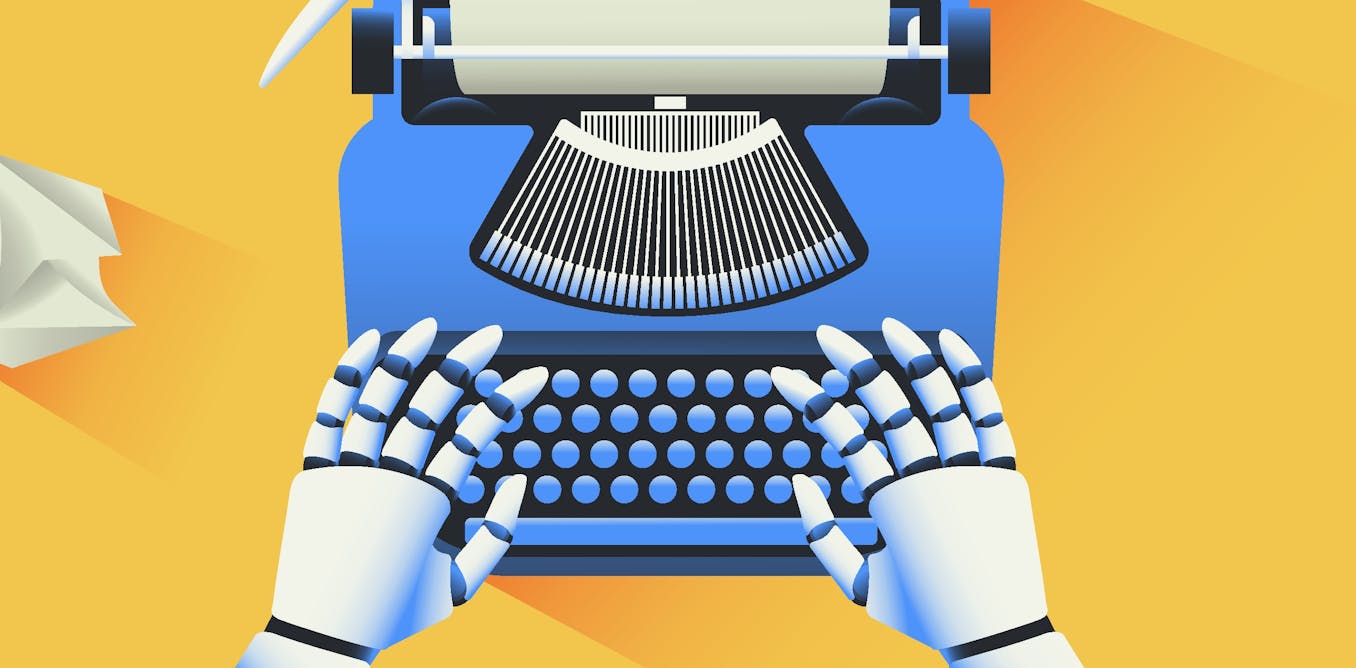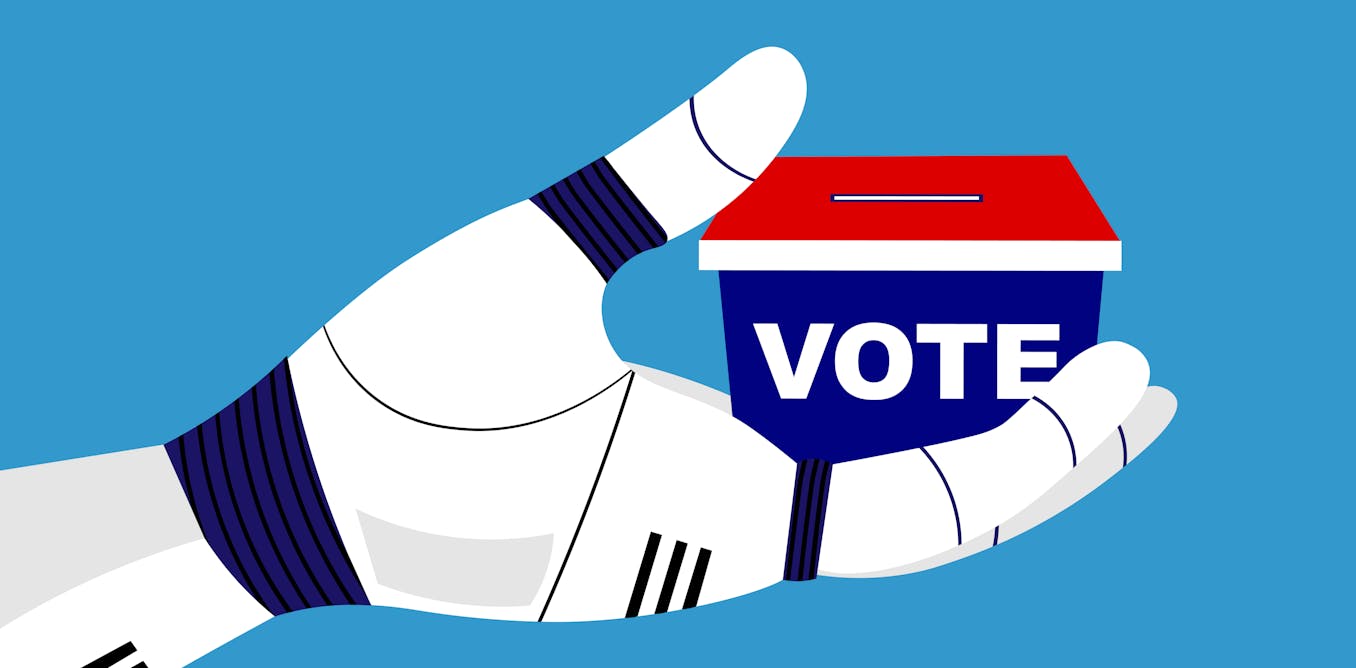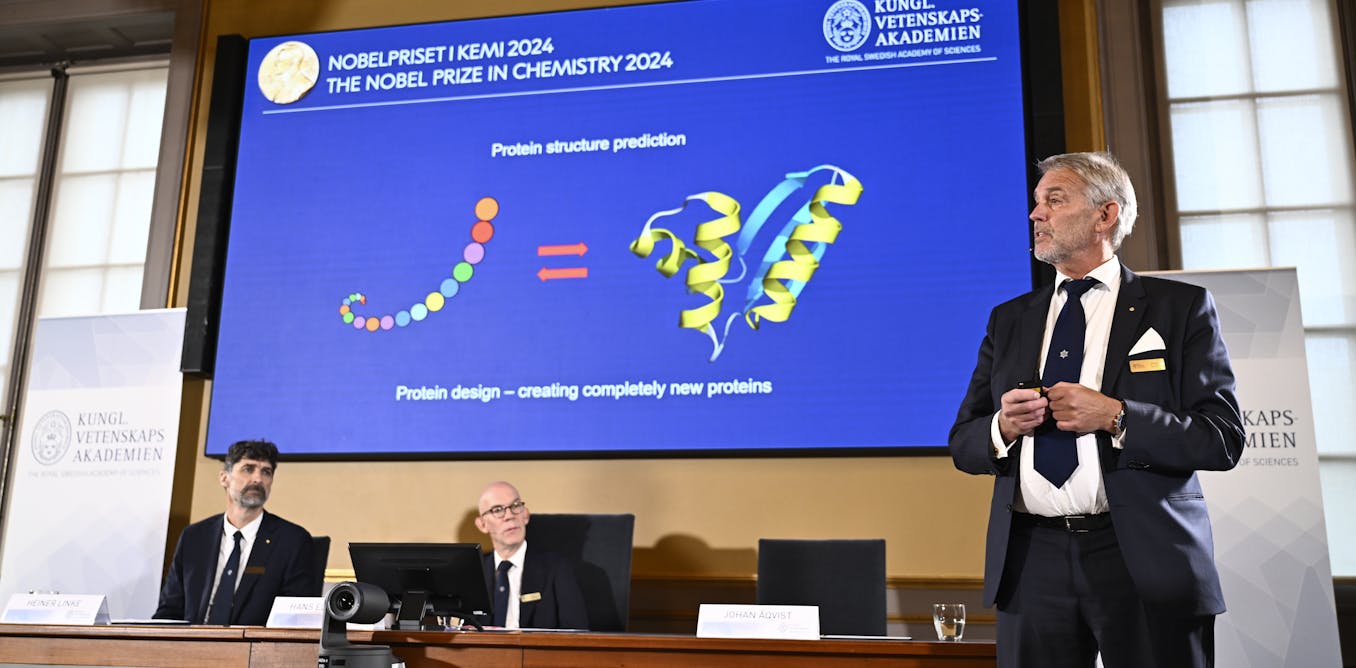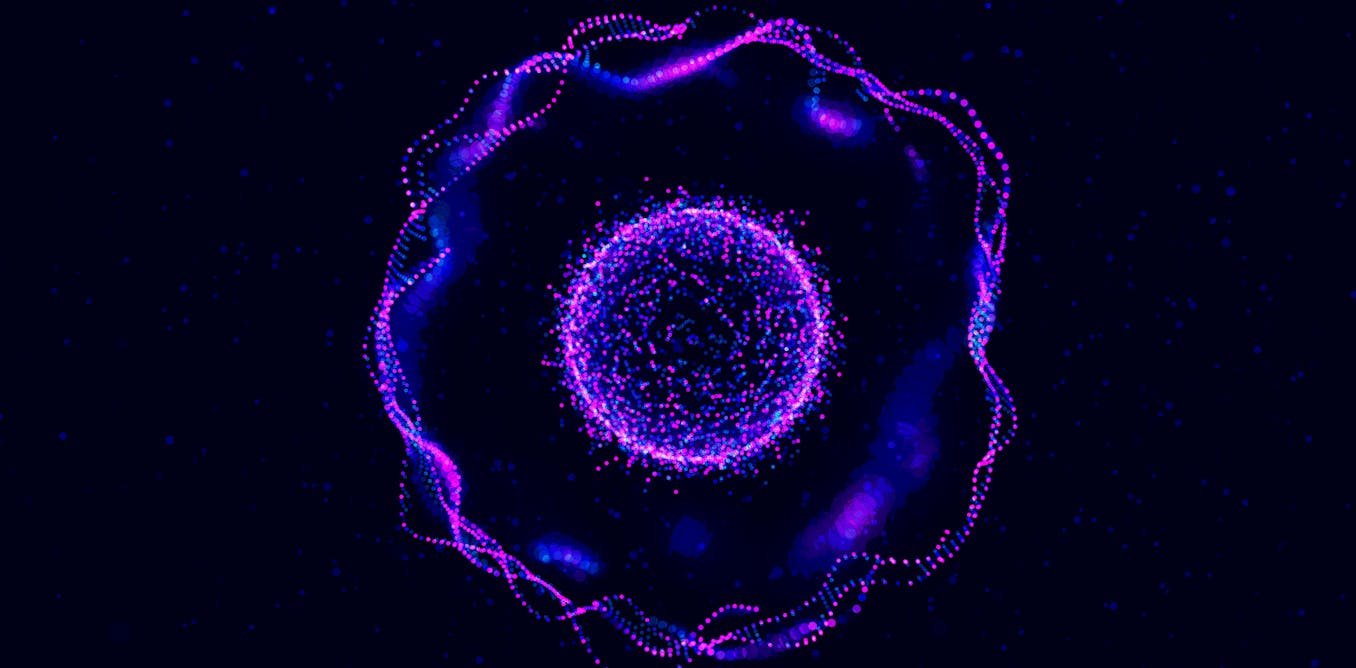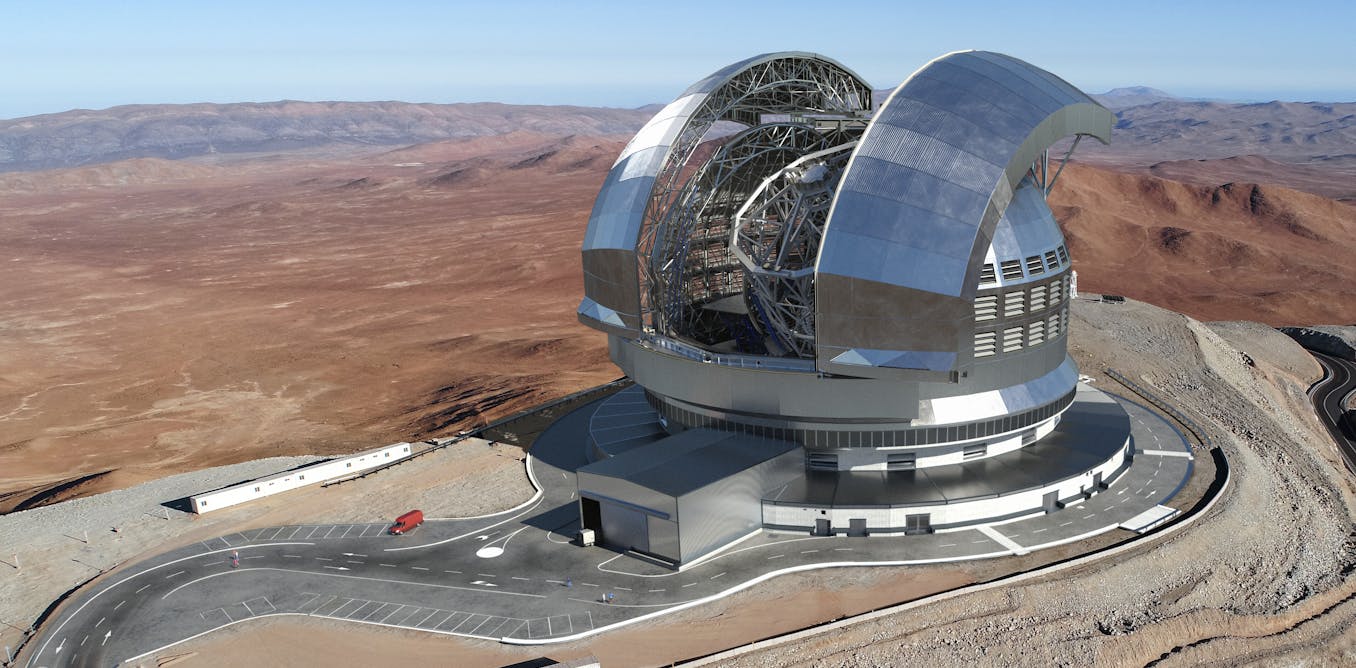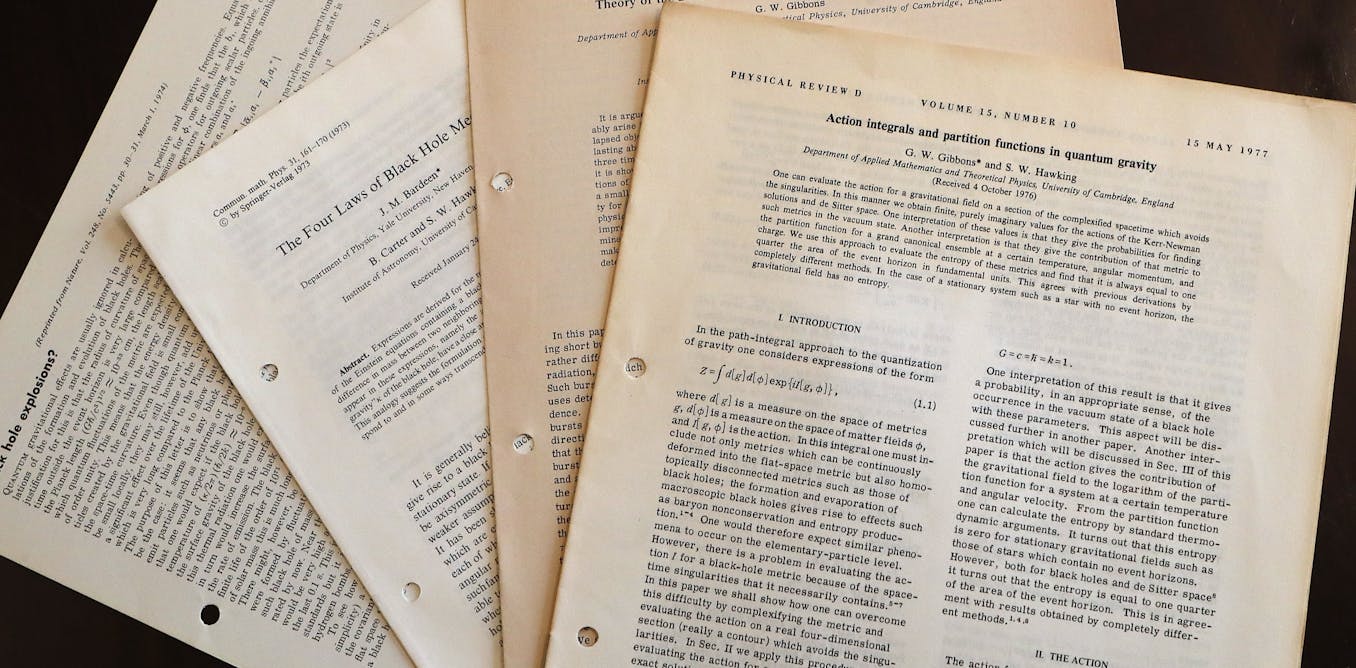Wikipedia articles related to Australia are overwhelmingly centred on cities, new research has found, with negative aspects of a place sometimes “sanitised” in articles by editors – avoiding mention of discriminatory Australian government policies or violence against First Nations peoples.
Debate around central questions of Australian history and identity is sparking conflict between editors, with place names especially contentious. Only around 6% of Australian places are given their First Nation names on Wikipedia, along with an English one.
Yet while many parts of the nation are not represented, especially near the arid centre, a series of well-developed articles have been written about fictional places.
These include a 5,000-word article about Erinsborough, the fictional Melbourne suburb where TV soap Neighbours is set (edited by 252 people). Other articles about fictional places include Mount Thomas, the town where TV series Blue Heelers was set, and Summer Bay, the setting of TV soap Home and Away.
We analysed more than 35,000 entries about Australian places in the primary English-language edition of Wikipedia, including more than half a million edits to these articles. We also interviewed 14 active editors of articles about Australia. Ours is the first project to analyse Australian Wikipedia entries.
We found many Wikipedia editors experienced burnout after being embroiled in disputes about contentious topics. The most controversial issues included republicanism, colonisation and place names.
Anyone can edit Wikipedia. But most editors can also override the edits of others. When editors repeatedly disagree about the content of a page, the result is an “edit war”.
In June 2023, for instance, the Queensland government officially renamed Fraser Island K’Gari. This decision sparked a year-long “edit war” about whether or not the relevant Wikipedia article should reflect this new name. The conflict finally ended in June 2024 with the decision to move the Fraser Island entry permanently to a new article named K’Gari.
Another contentious article is that on Barmah National Park. Analysis of the “talk” pages, which record all edits made, shows there has been a long-running dispute over whether horses in the national park should be considered “wild” or “feral”. More than half the edits made to the article have been reverted by other editors.
Why does this matter? Wikipedia is the world’s largest encyclopedia. The site and its associated platforms are core components of our knowledge ecosystem, used to train large language models like ChatGPT and a data source for Google infoboxes and voice assistants such as Siri and Alexa.
Understanding what Wikipedia says about Australia – and what is left out – is therefore crucial.
Places ignored
The Australian places represented on Wikipedia cluster around population centres. The further you move from the cities, the fewer articles there are. Across Australia’s arid centre, there are very few articles indeed.
Author provided, CC BY
When Europeans occupied Australia, they divided the landmass into colonies, parishes, cities, and later, states and suburbs. This largely ignored the ways of organising and naming places that existed in Aboriginal and Torres Strait Islander societies.
The divisions created by European settlers guide the creation, editing and reading of Wikipedia articles. First Nations’, ecological, and cosmopolitan senses of place struggle to find room within this nationalist structure.
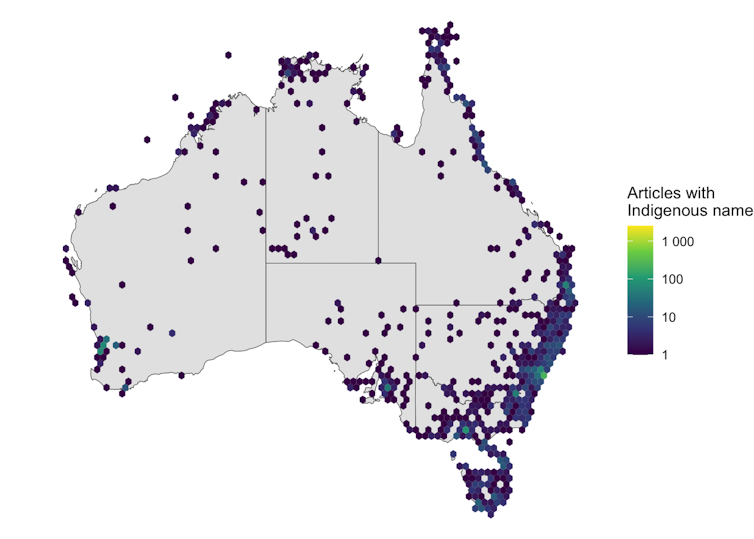
Author provided, CC BY
Contested histories
Sometimes, writing about place is emotionally fraught. One editor, Gabriel (all participants’ names are pseudonyms), described the difficulty in writing about “really traumatic events”, such as the 1975 Tasman Bridge collapse, which are “still very raw in the memories of people that I know and love”.
At other times, there is outright omission of crucial historical context. The Katoomba article makes no mention of the 1957 forcible removal of Darug and Gundungurra peoples from Garguree, also known as The Gully, a tract of land in the middle of town.
The article describes Garguree, its status as an Aboriginal Place and its “long history of occupation by the Gundungurra and Darug” peoples. The removal of people from their homes to build a racetrack is entirely absent.
The editors we spoke to were mostly tech-savvy, white, educated men. By and large, they assumed other editors of Australian place articles were the same.
We spoke with one person who identified as a woman and one person who identified as non-binary. There were about 2,000 active Australian editors in the past month.
No editor we spoke to was a First Nations person. Previous research has shown the many barriers that inhibit First Nations people from editing Wikipedia.
Some editors told us they felt it was their responsibility to include First Nations’ perspectives, even though they met with heavy resistance. One, Lucas, had repeatedly tried to include First Nations place names, often unsuccessfully. He no longer edits Wikipedia. “I just ran out of energy for it,” he said.
David, another editor, described multiple (unsuccessful) campaigns to reflect the dual name of kunanyi/Mount Wellington on Wikipedia.
Gabriel said one or two editors “were going around removing Aboriginal place names from all the articles about Australia and Australian places”. This edit war resulted in formal dispute resolution and the banning of those editors.
Editors spoke of feeling pride in a place and wanting to write about it; the feeling of shame or defensiveness about settler-colonial history; and experiences of discomfort about what can and cannot be written about on Wikipedia.
If we are to navigate a world of digital saturation, it is crucial to understand how human beings play an important role in producing and maintaining digital infrastructure such as Wikipedia – and the subjective decisions they make along the way.
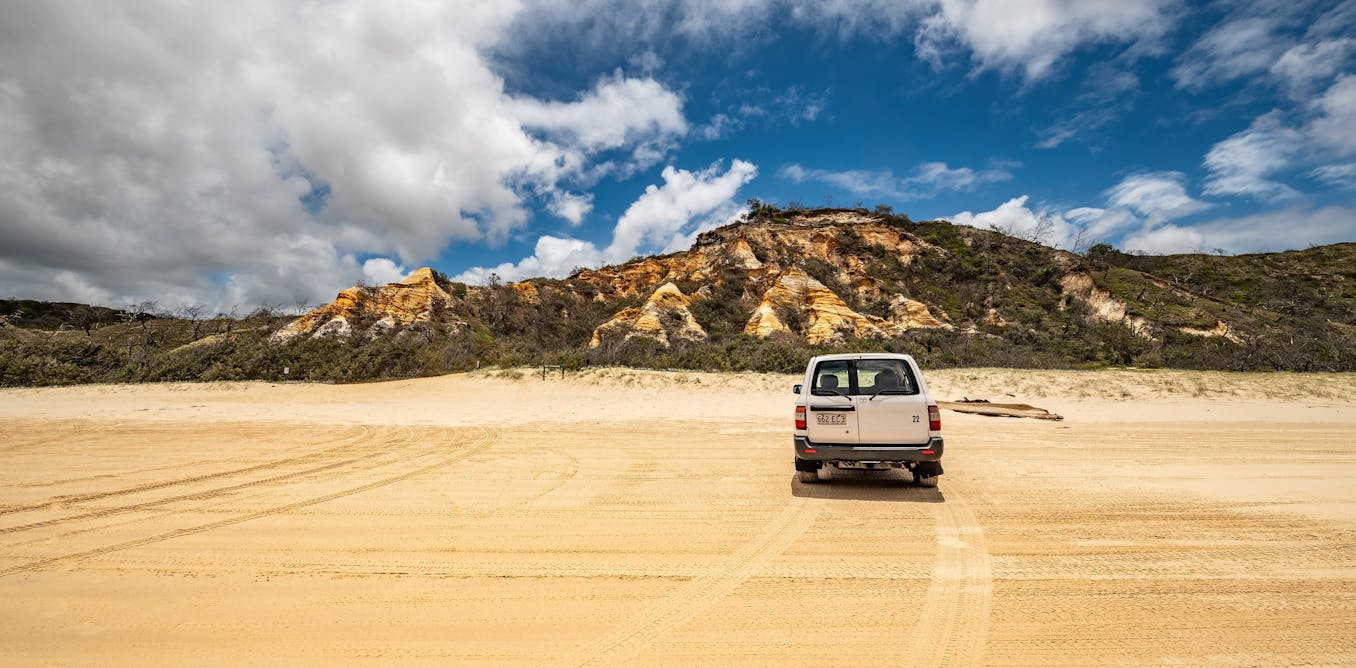
The post “We analysed 35,000 Wikipedia entries about Australian places. Some sanitised history, others privileged fiction over reality” by Heather Ford, Associate Professor, Communications, University of Technology Sydney was published on 10/27/2024 by theconversation.com




